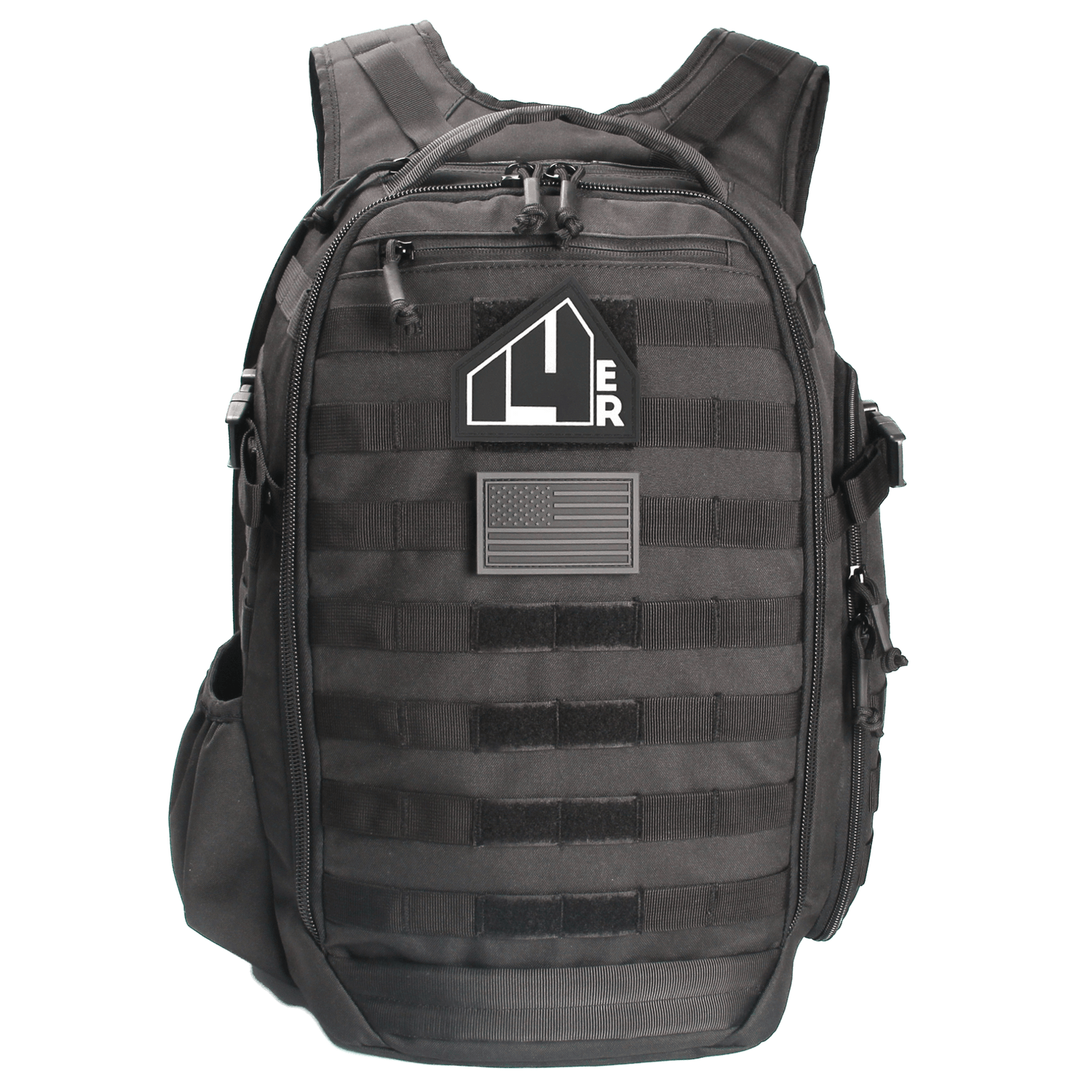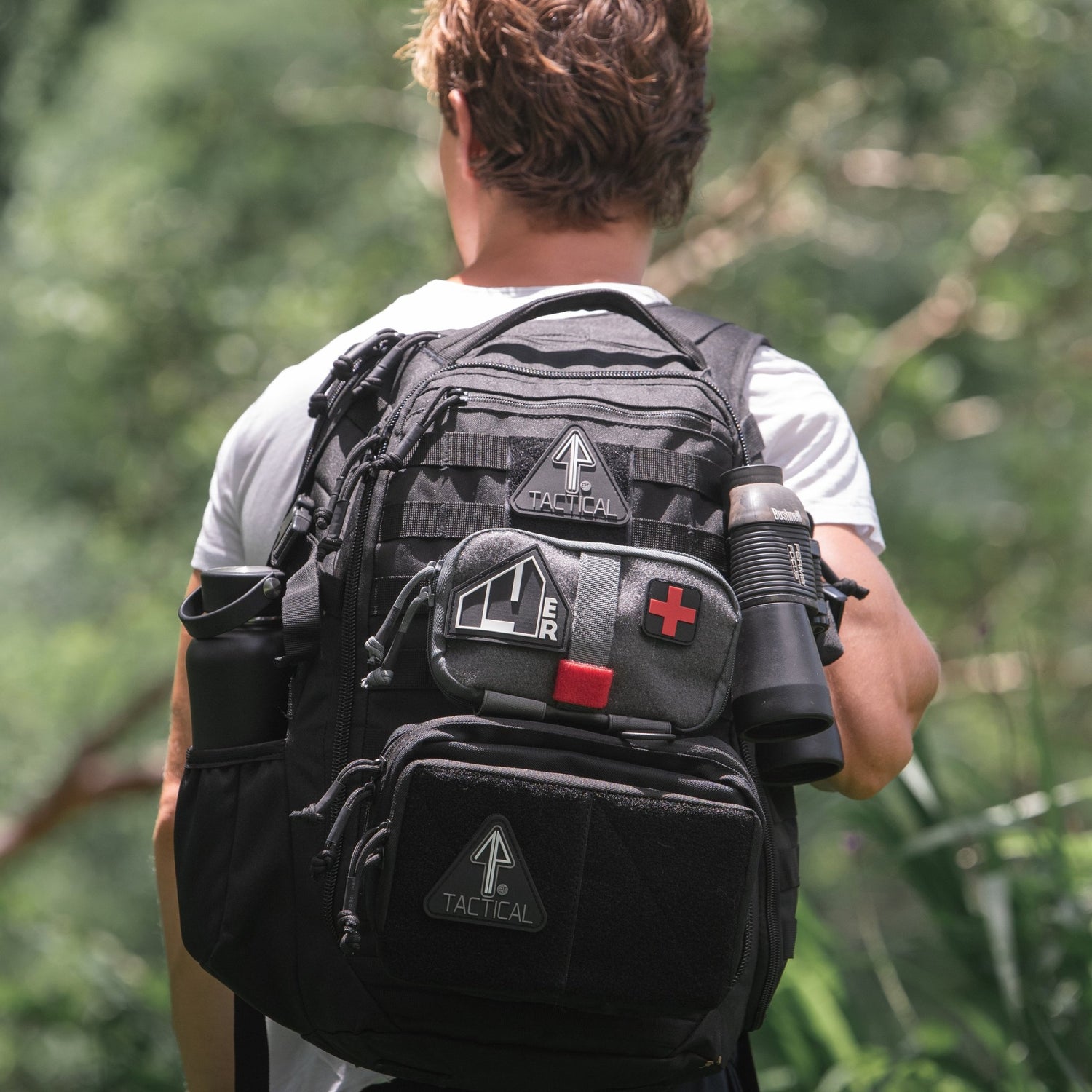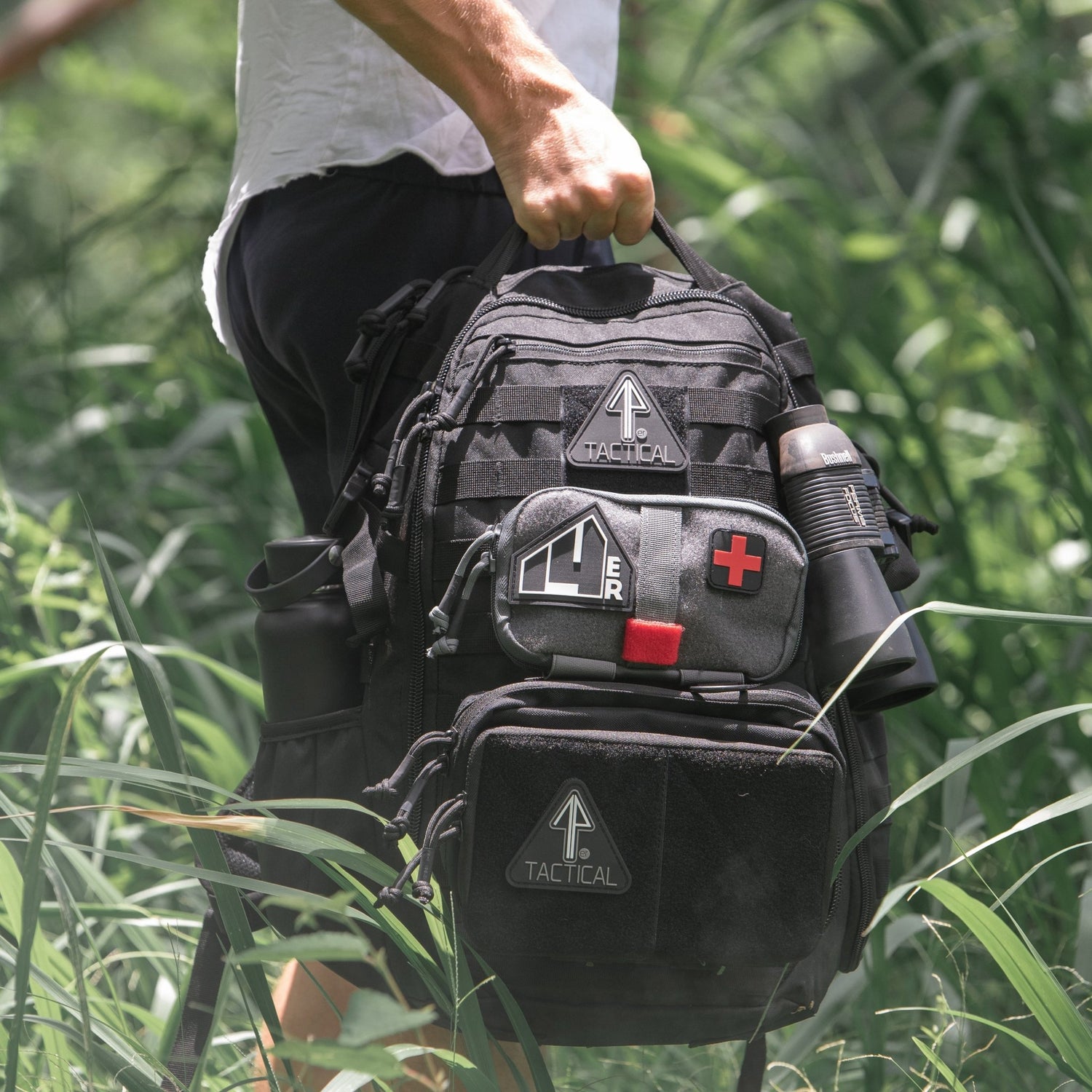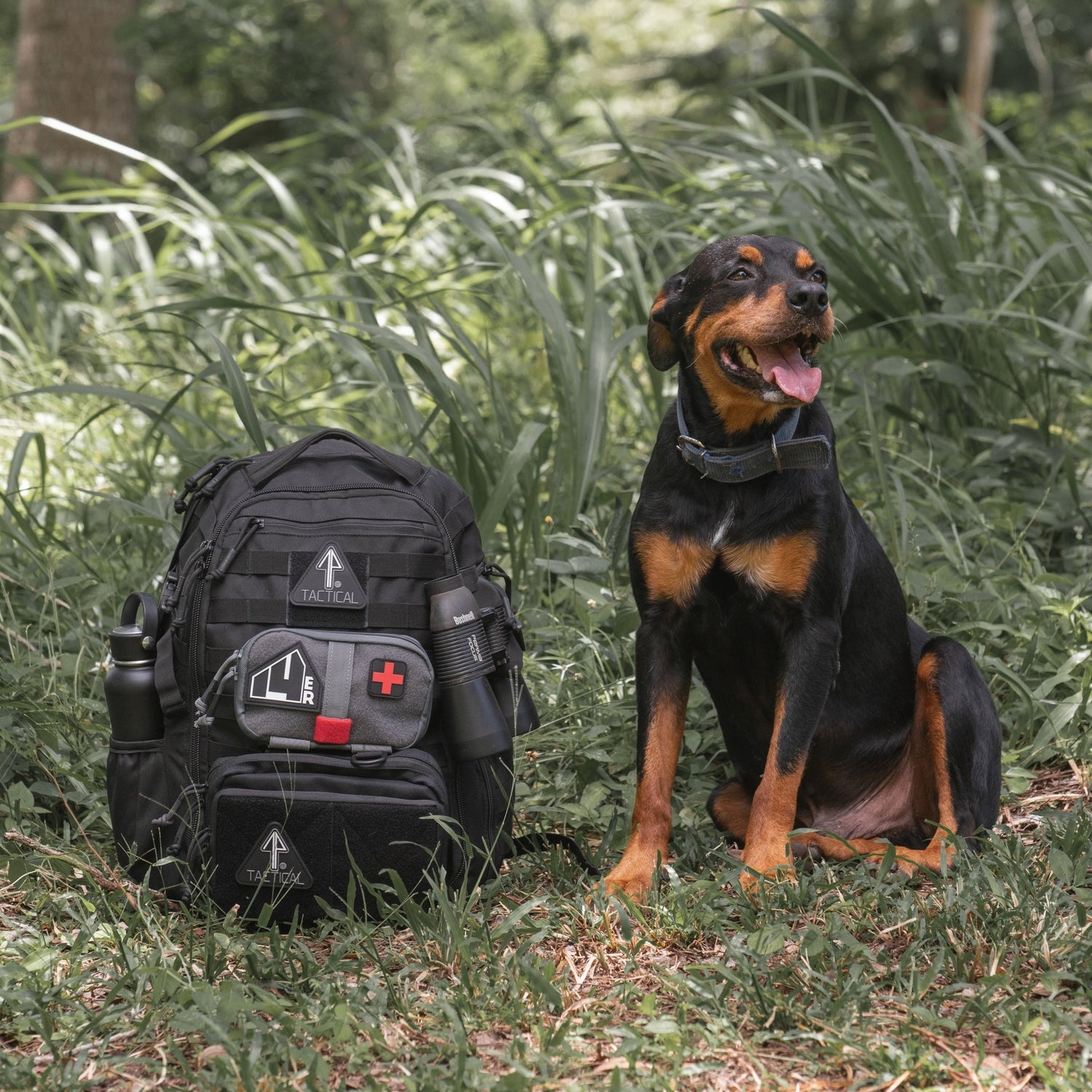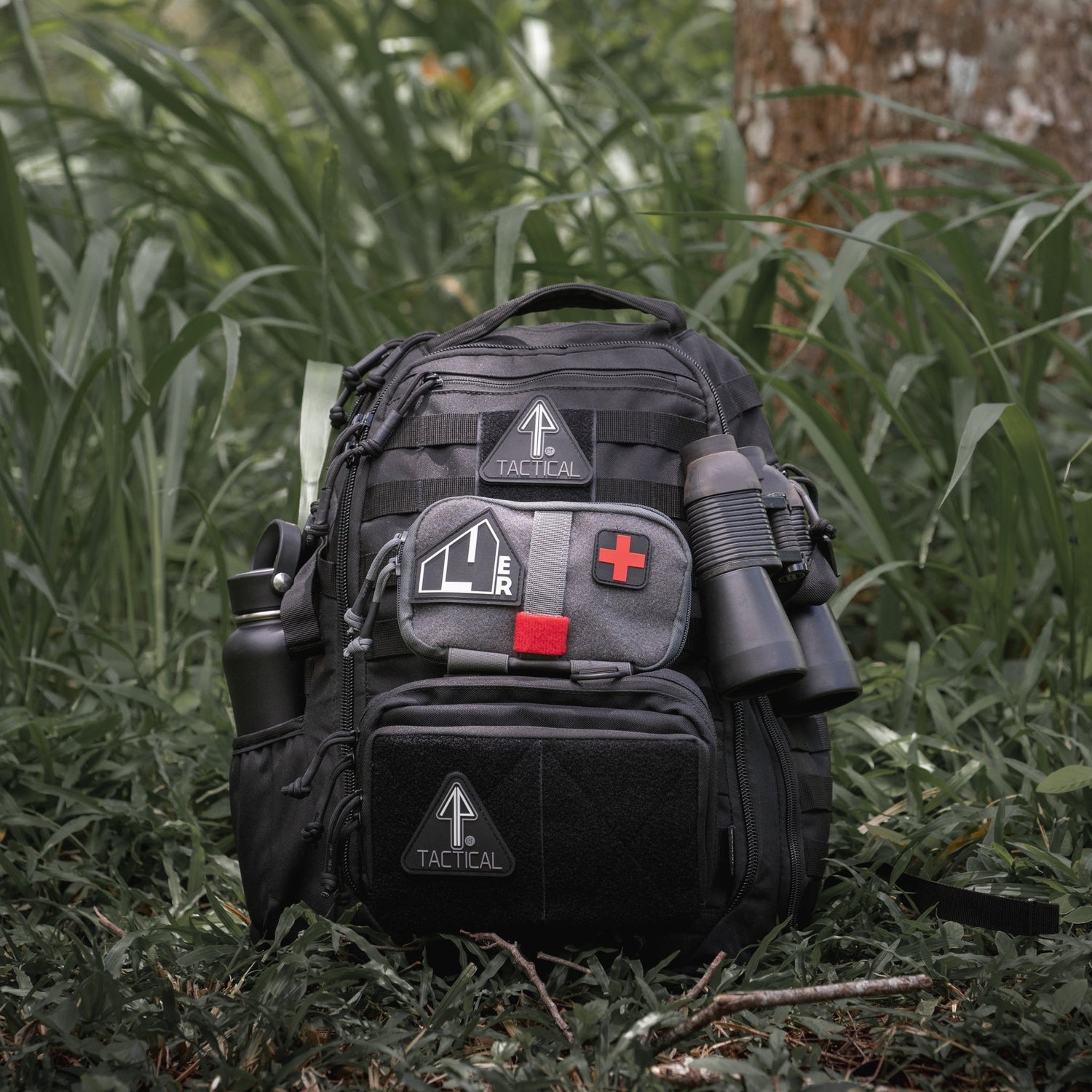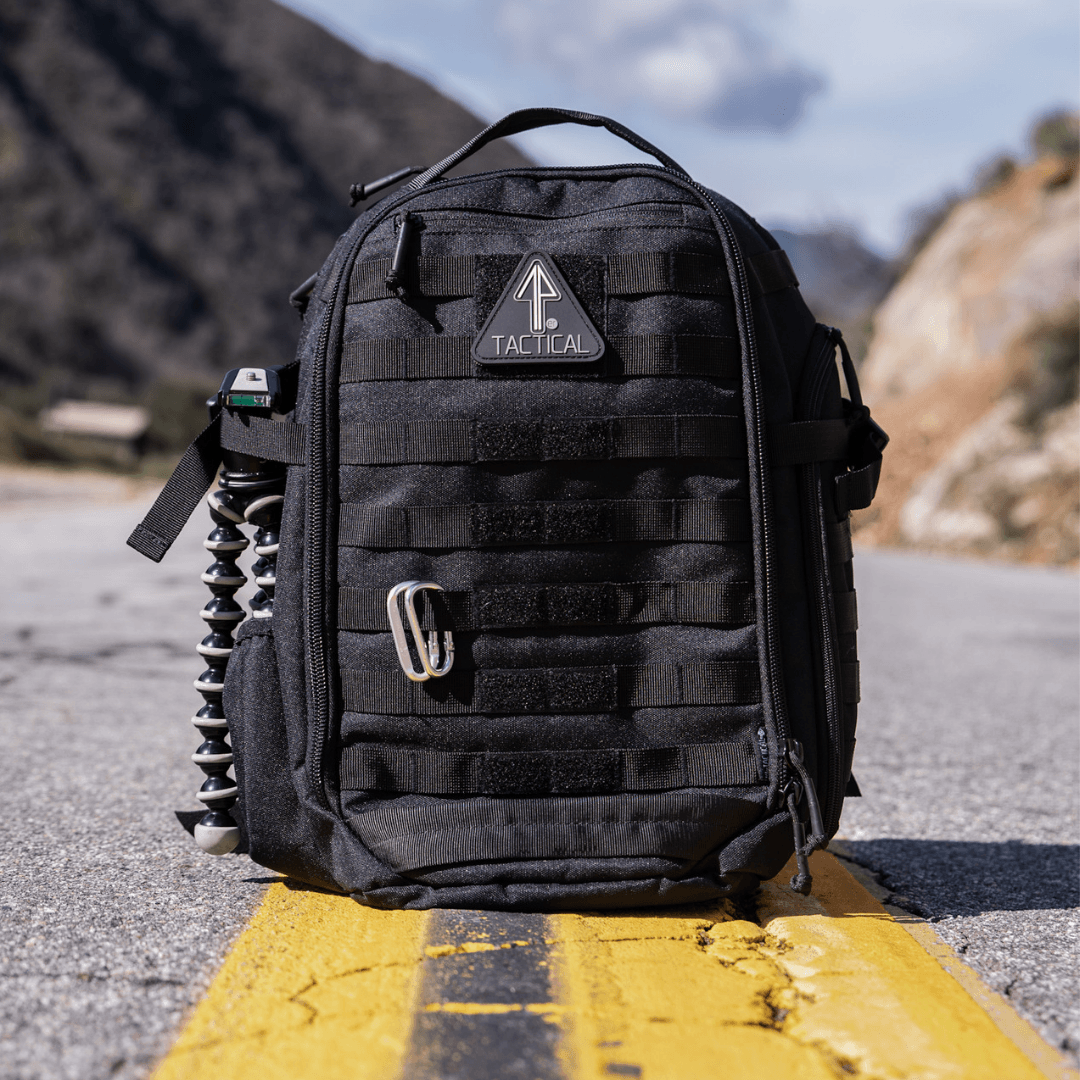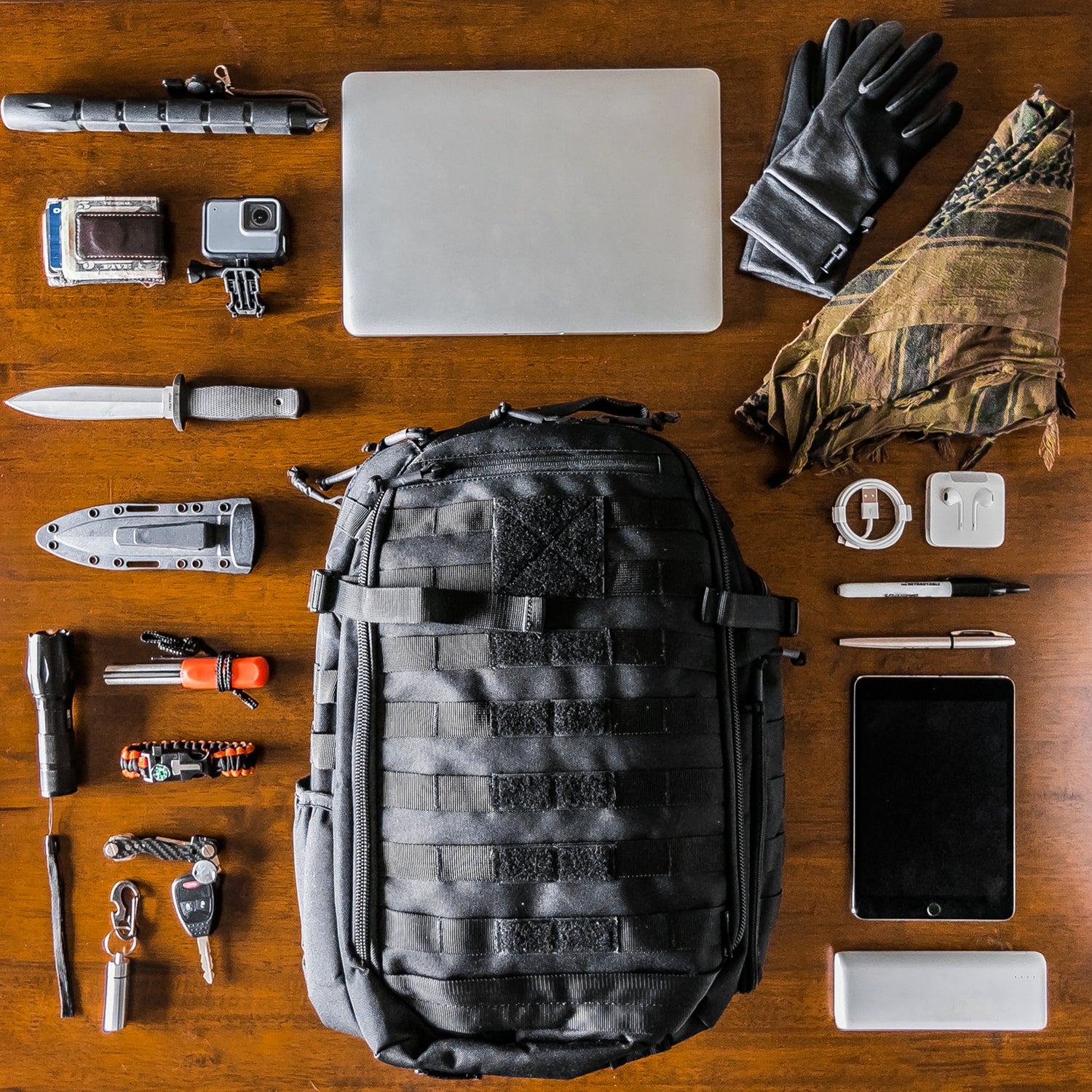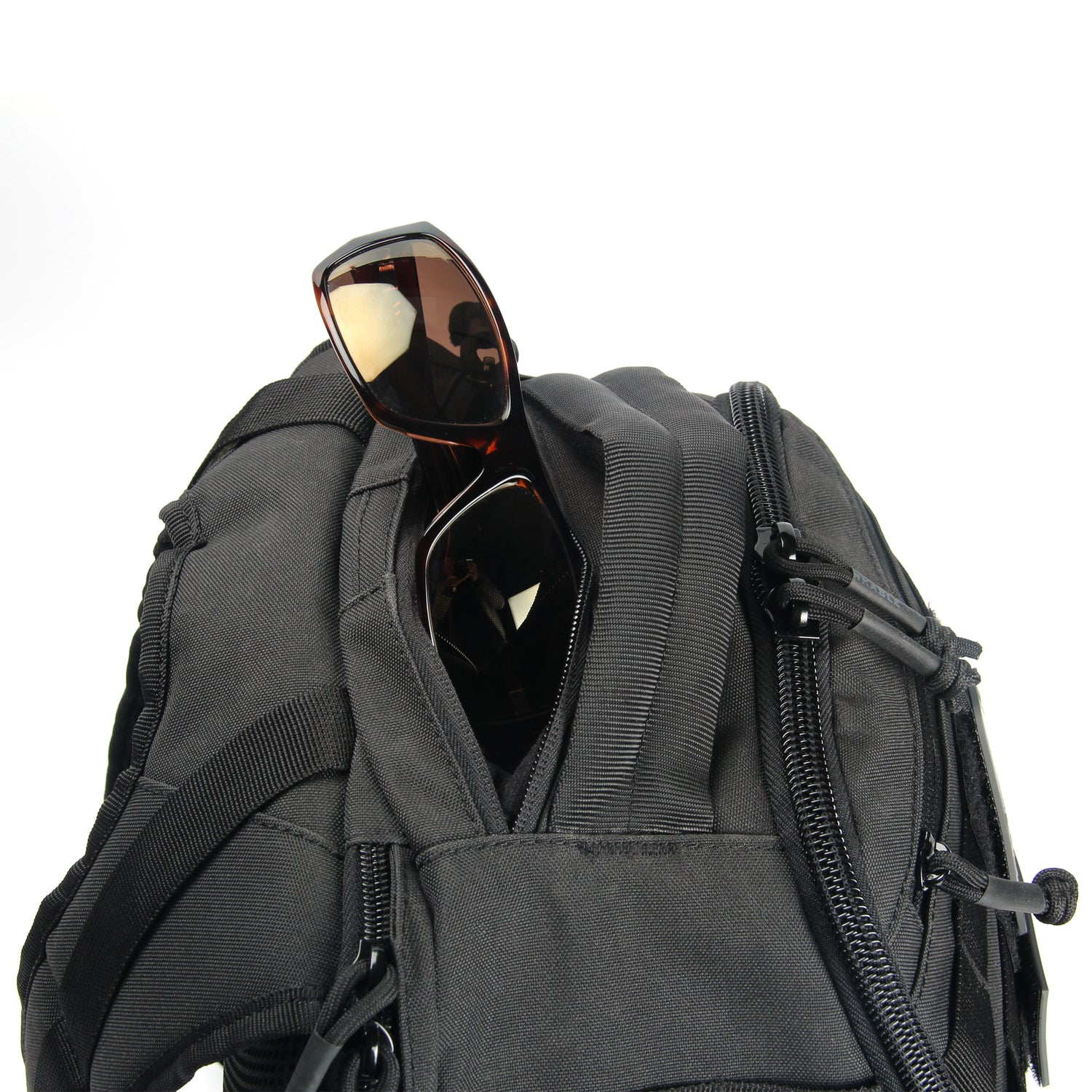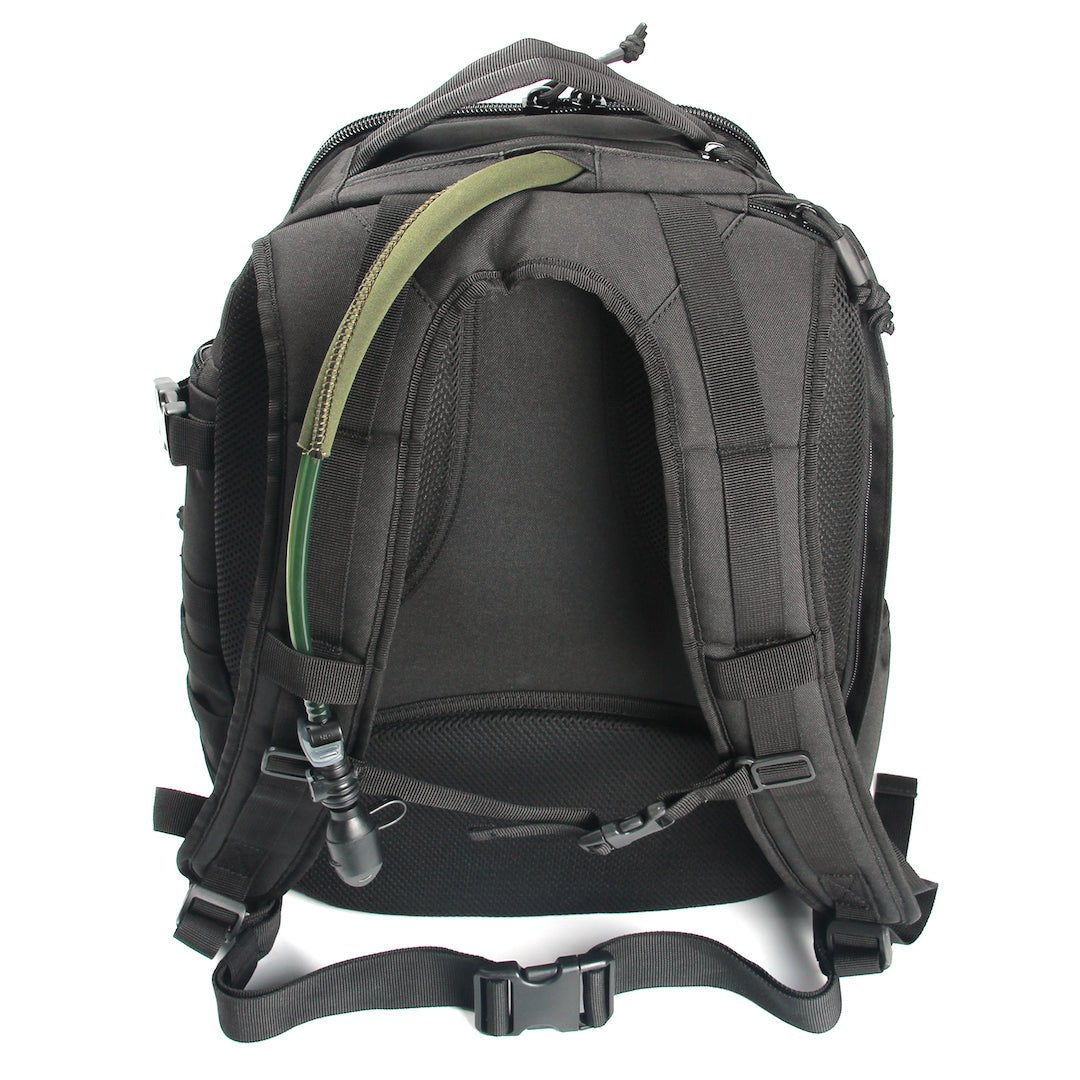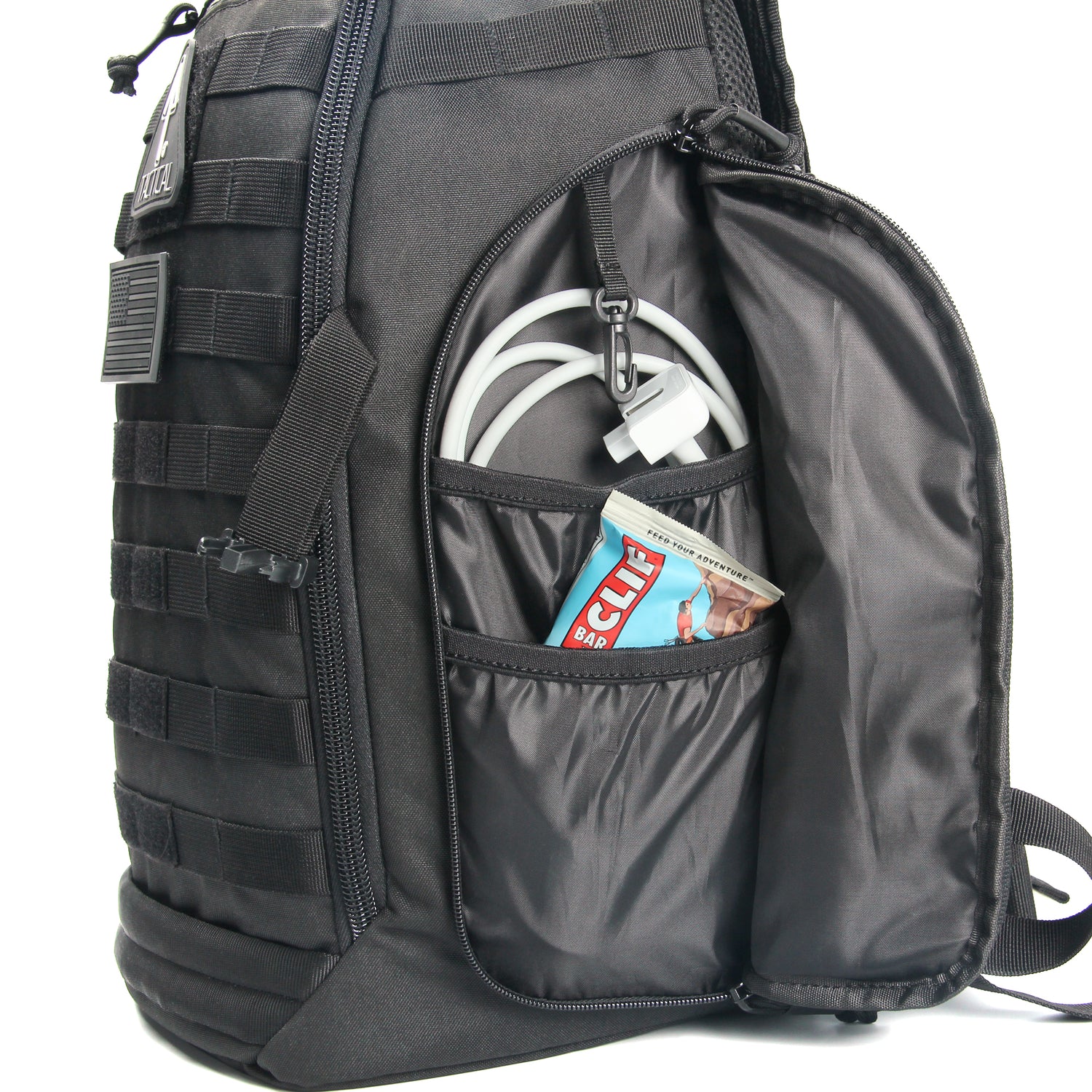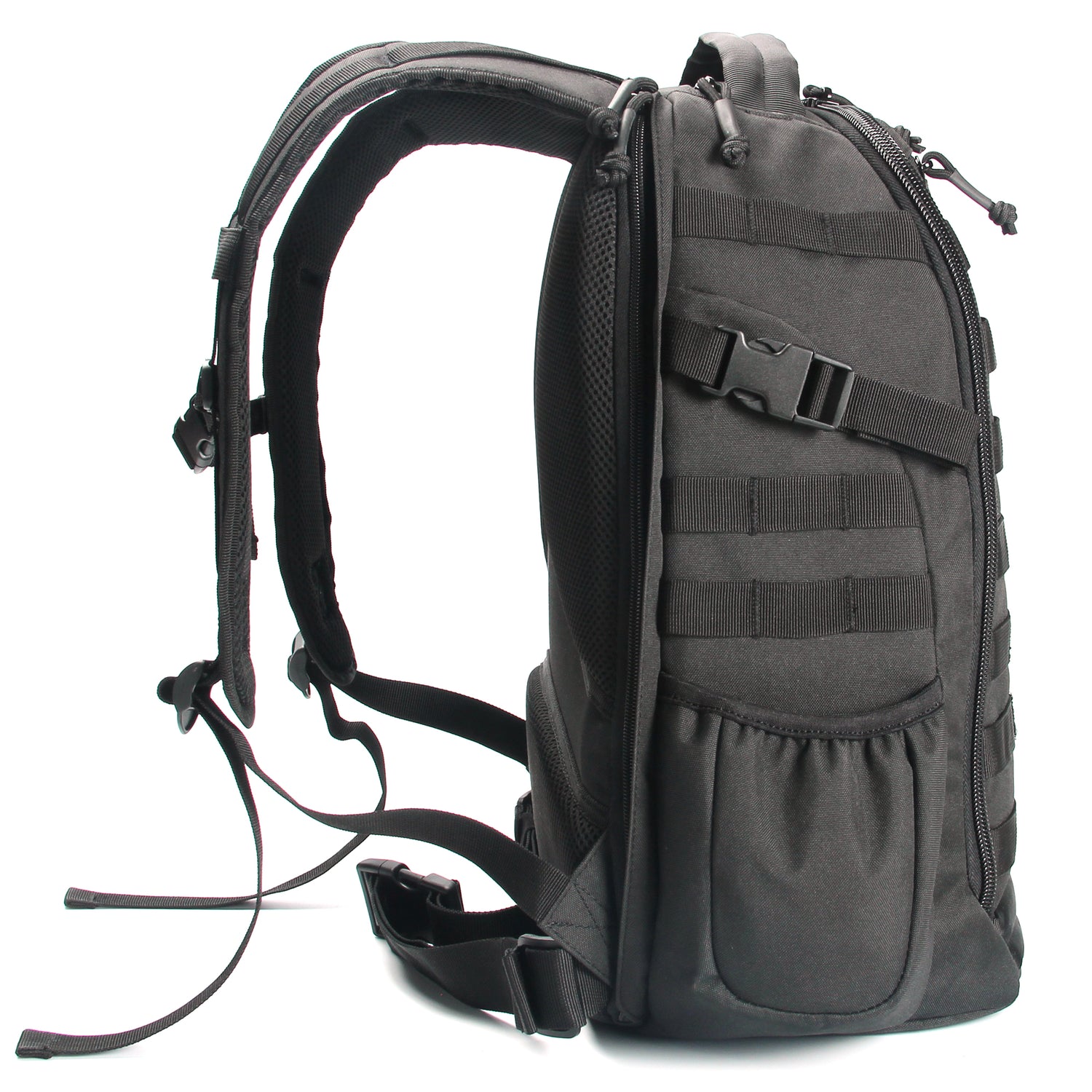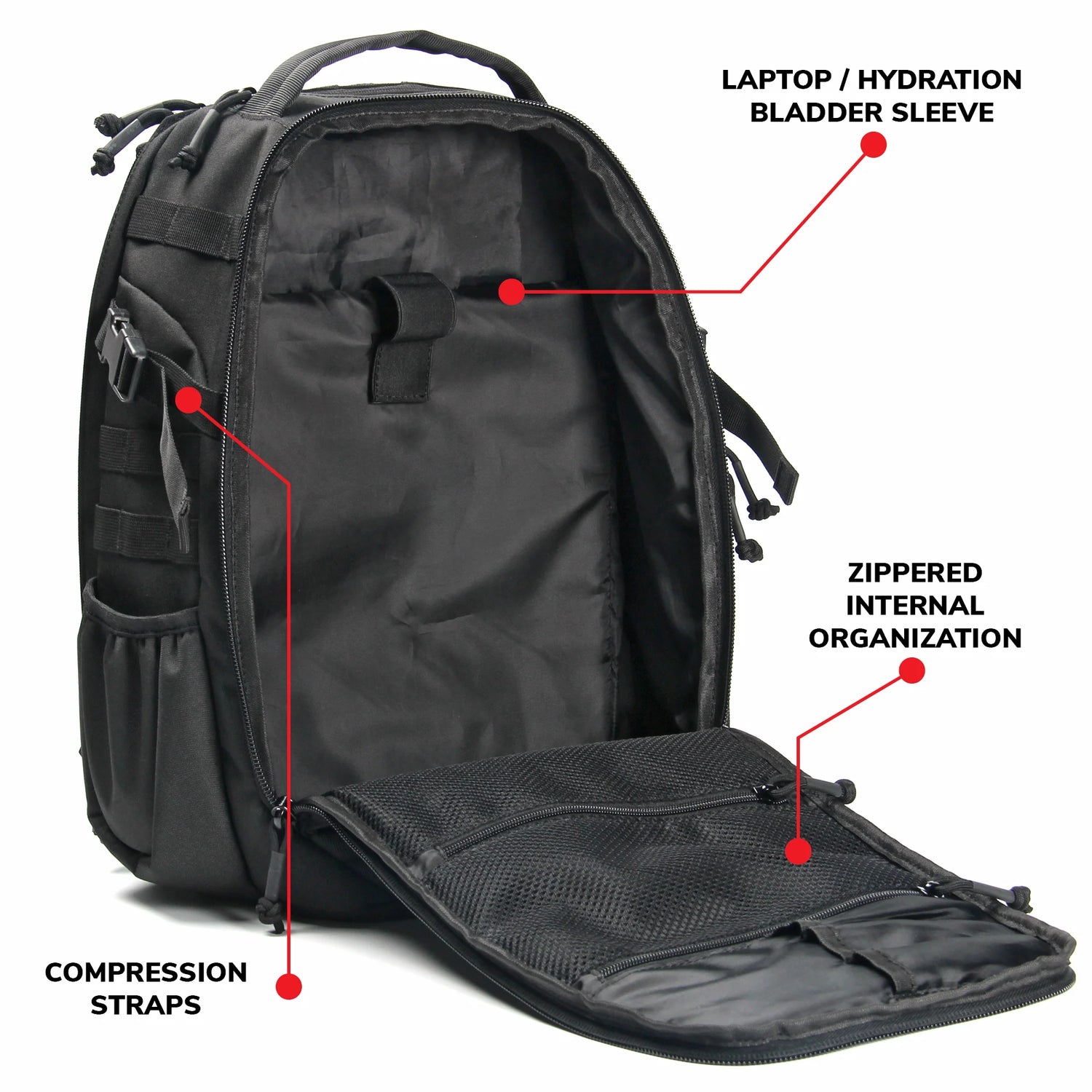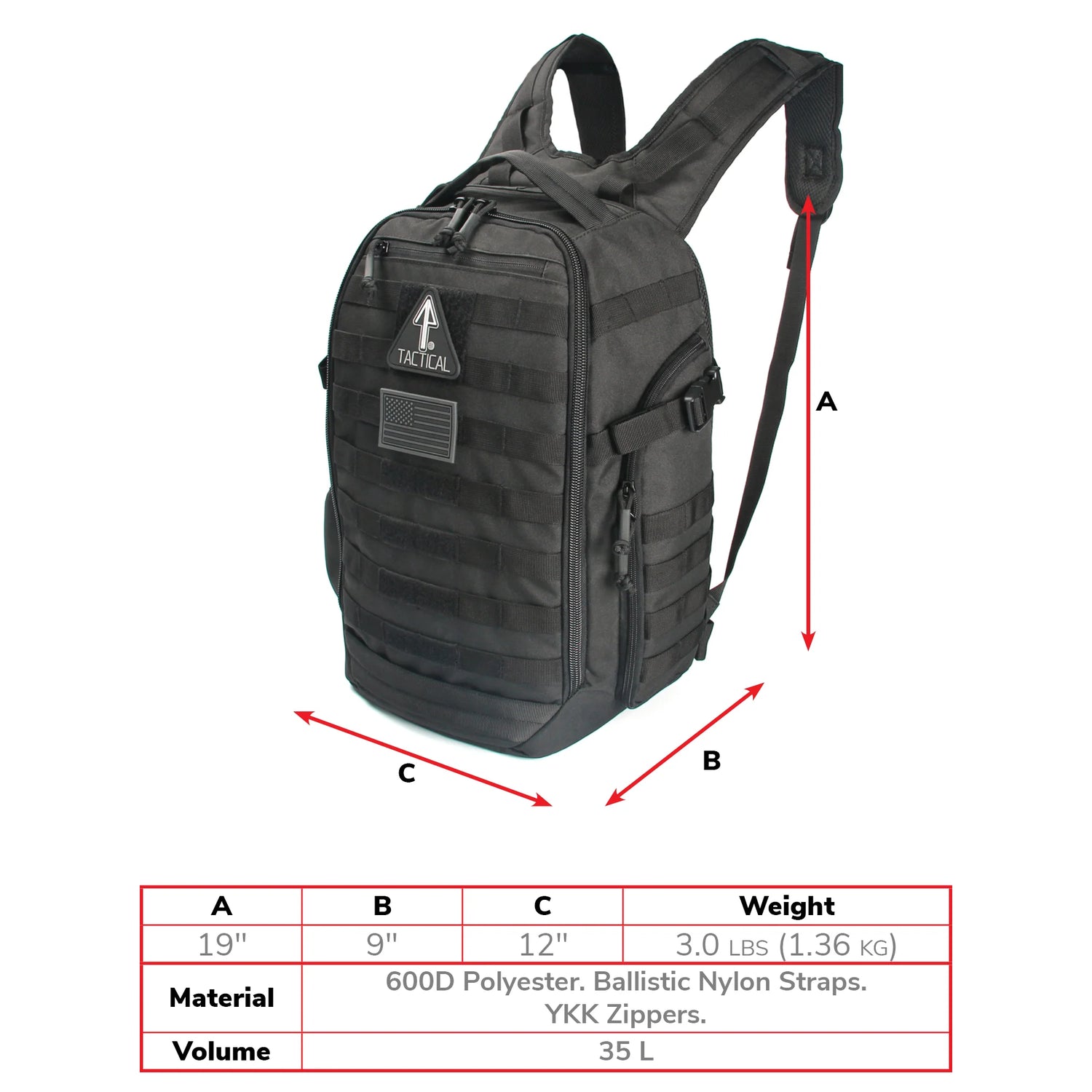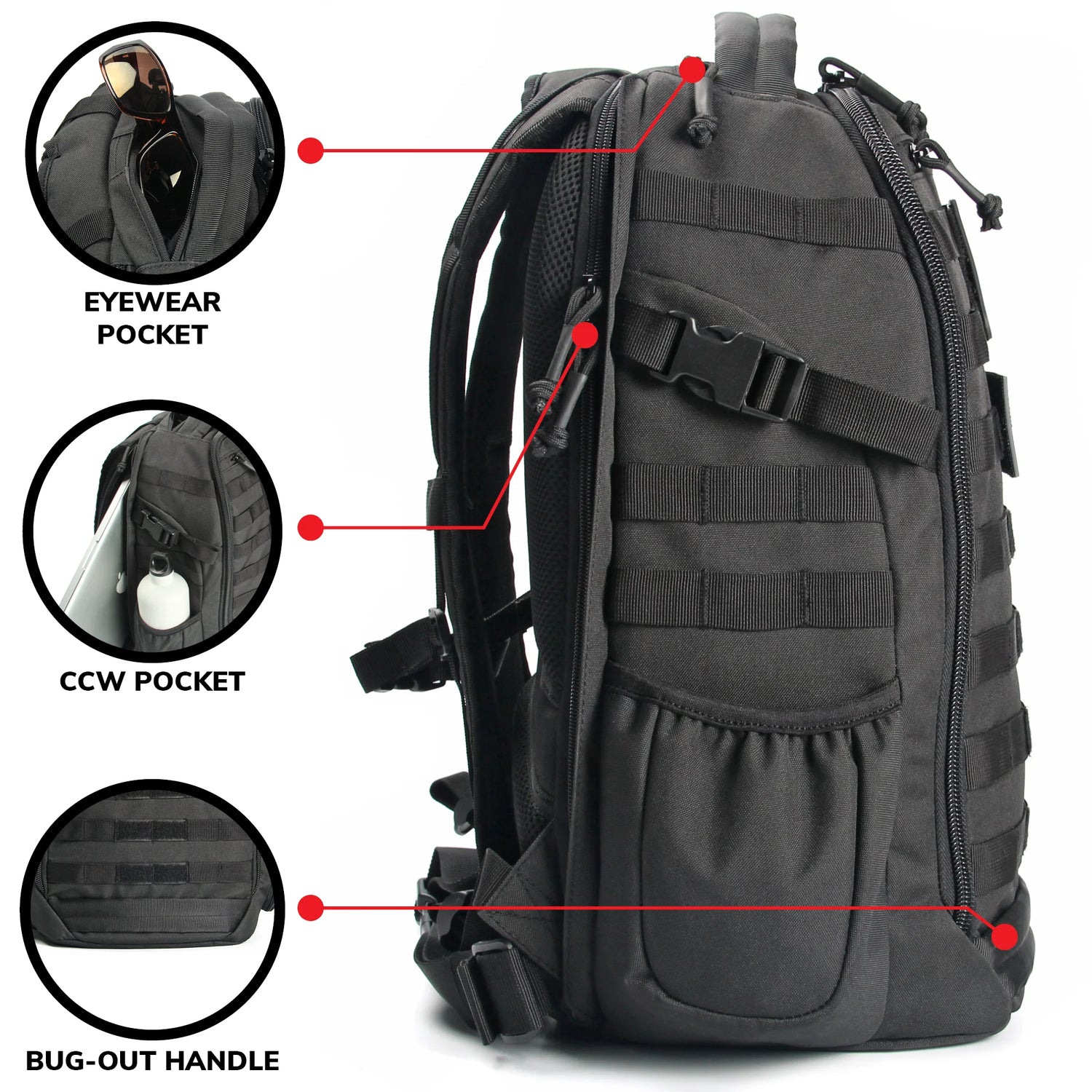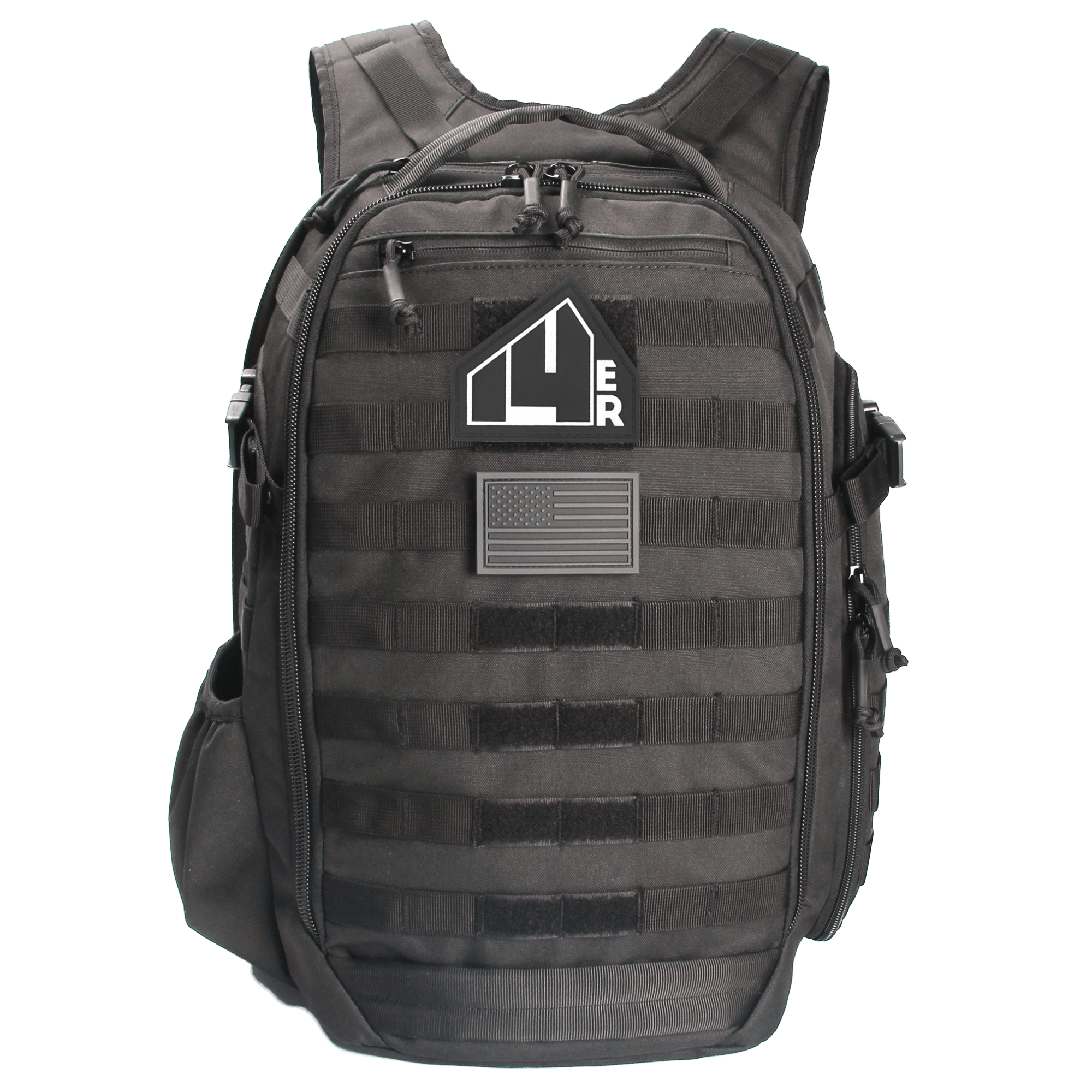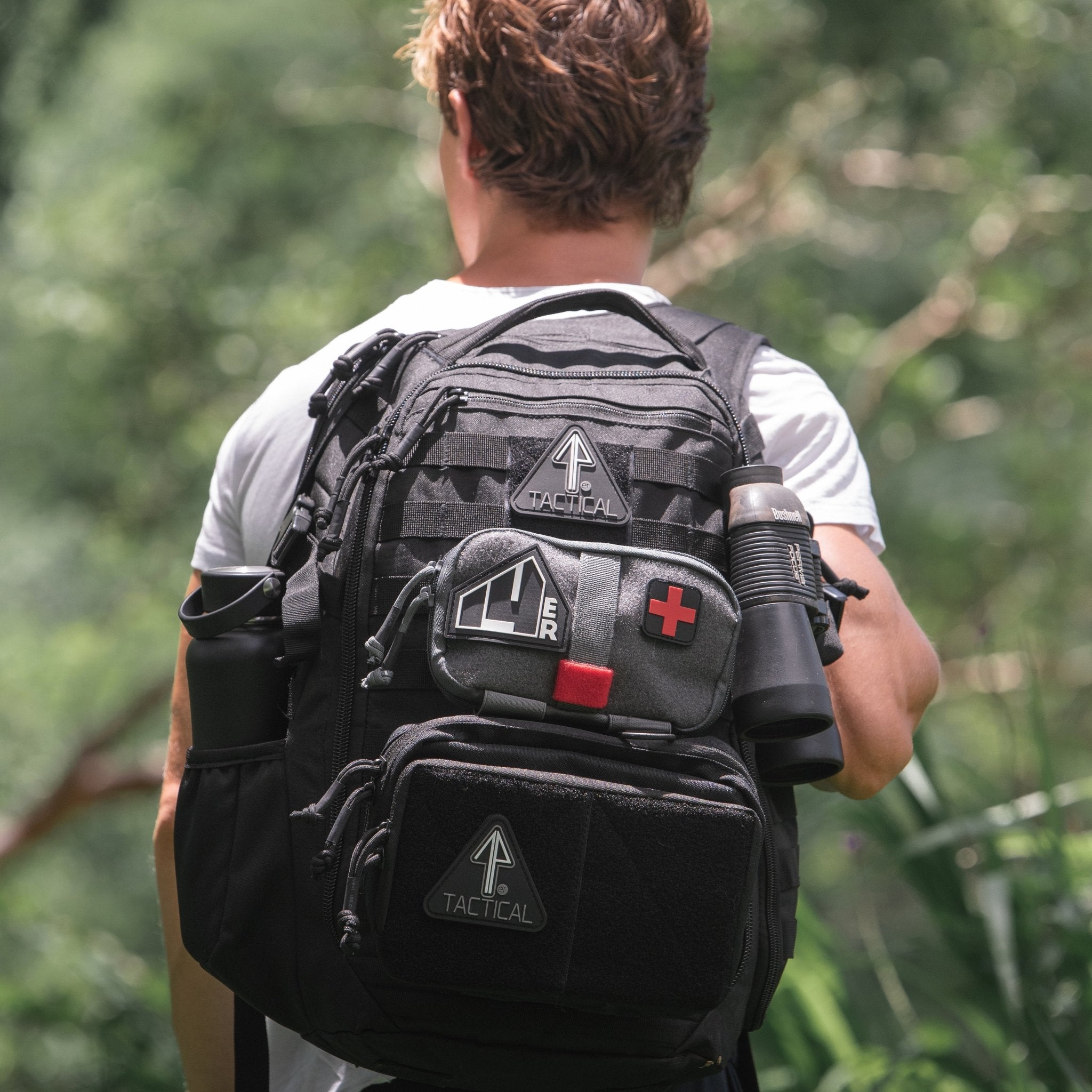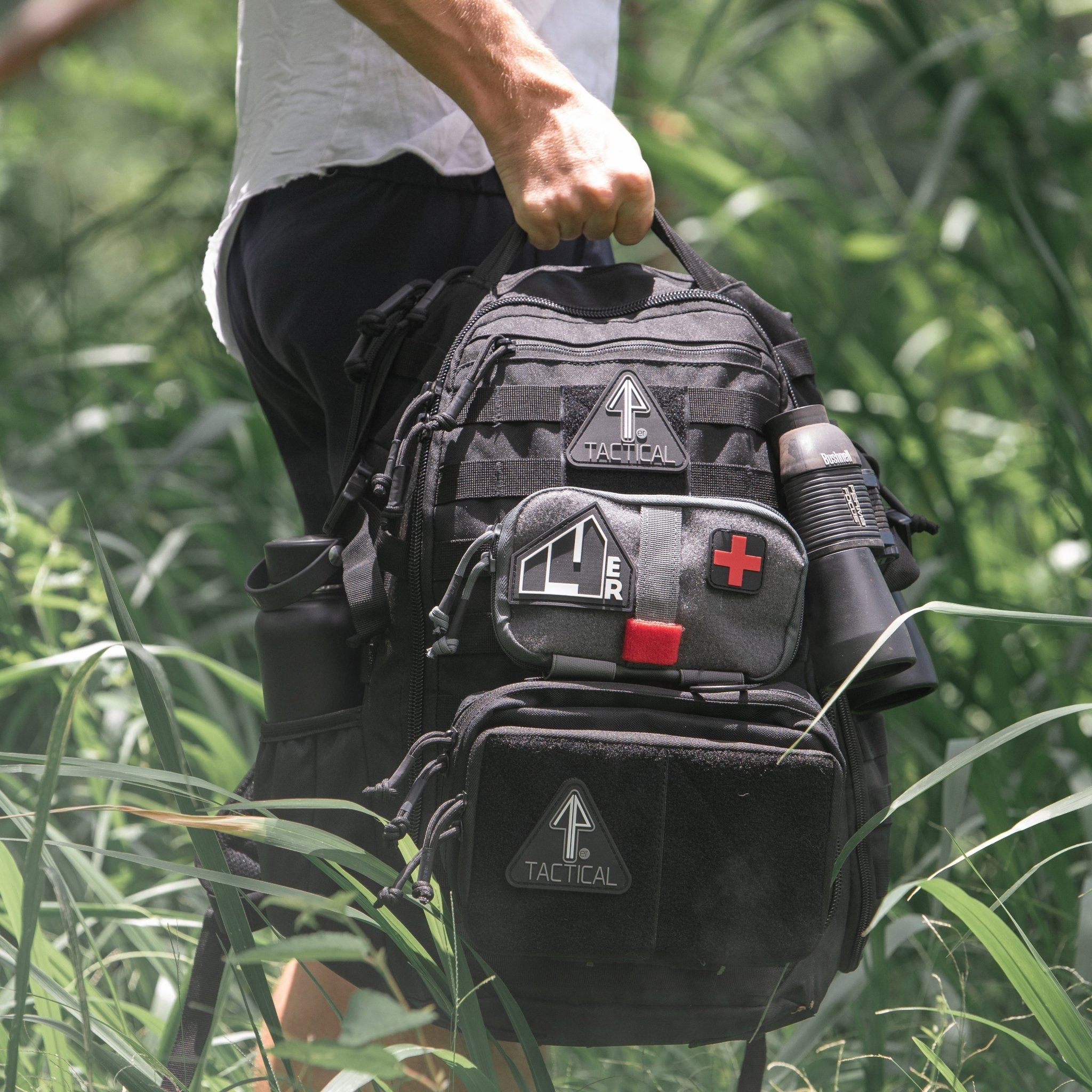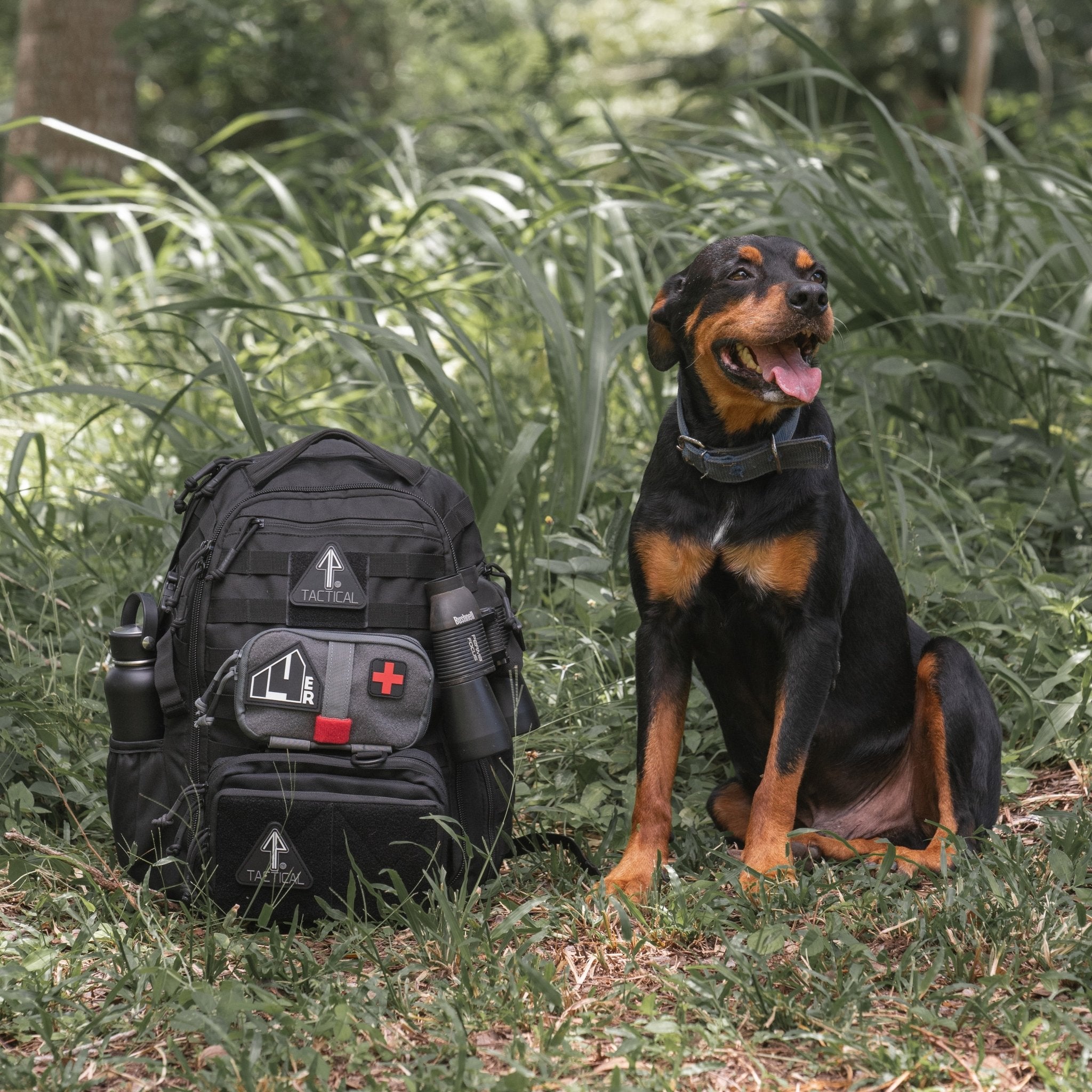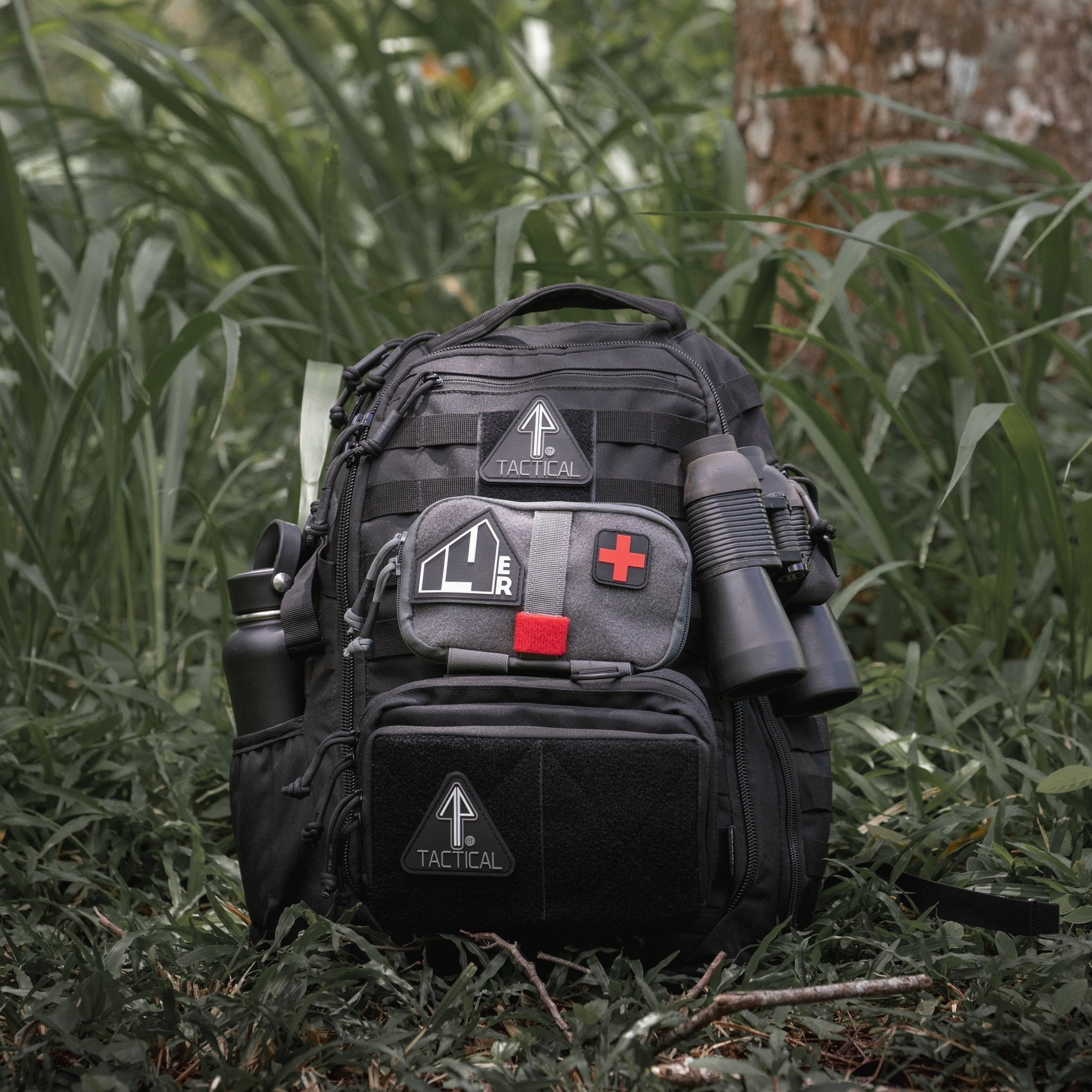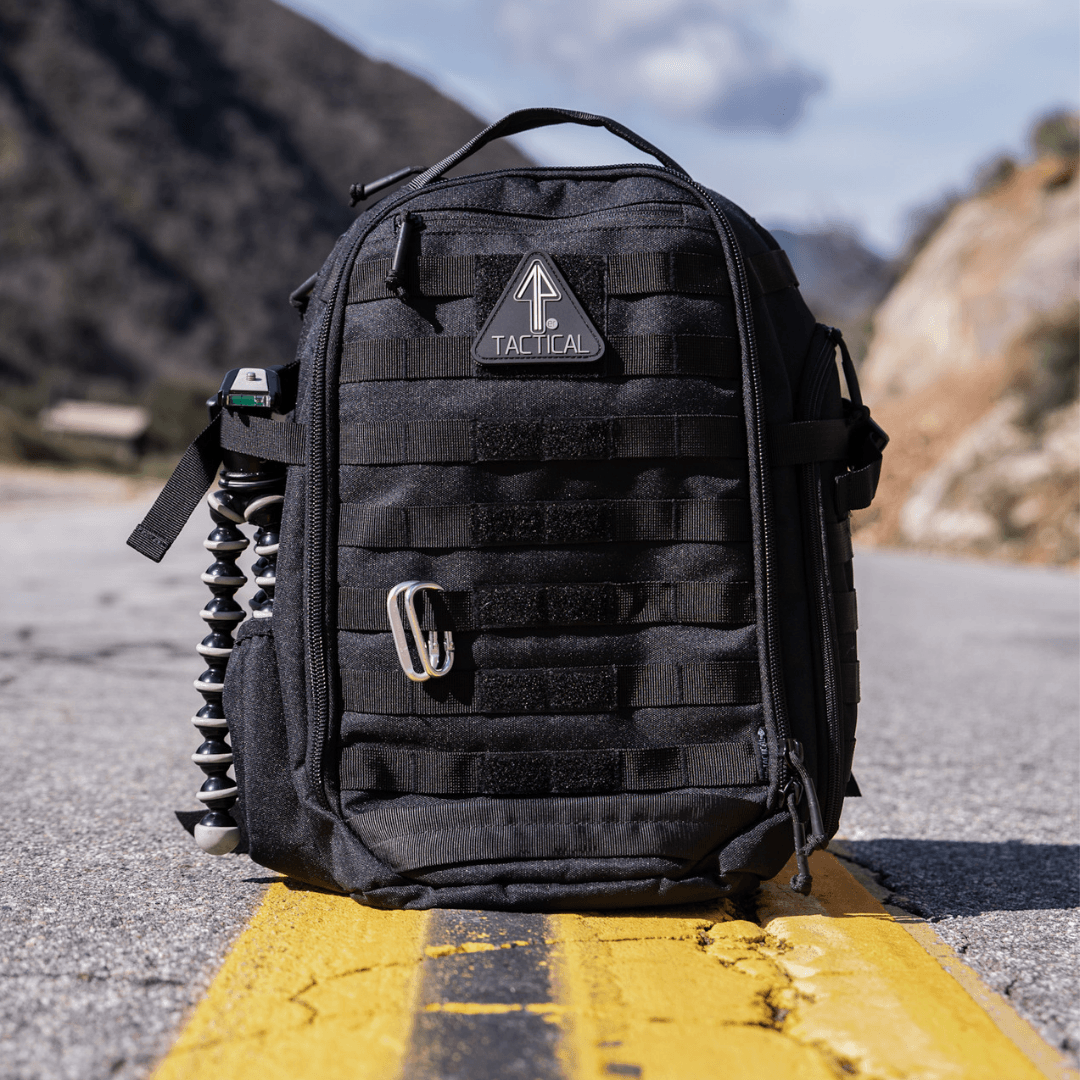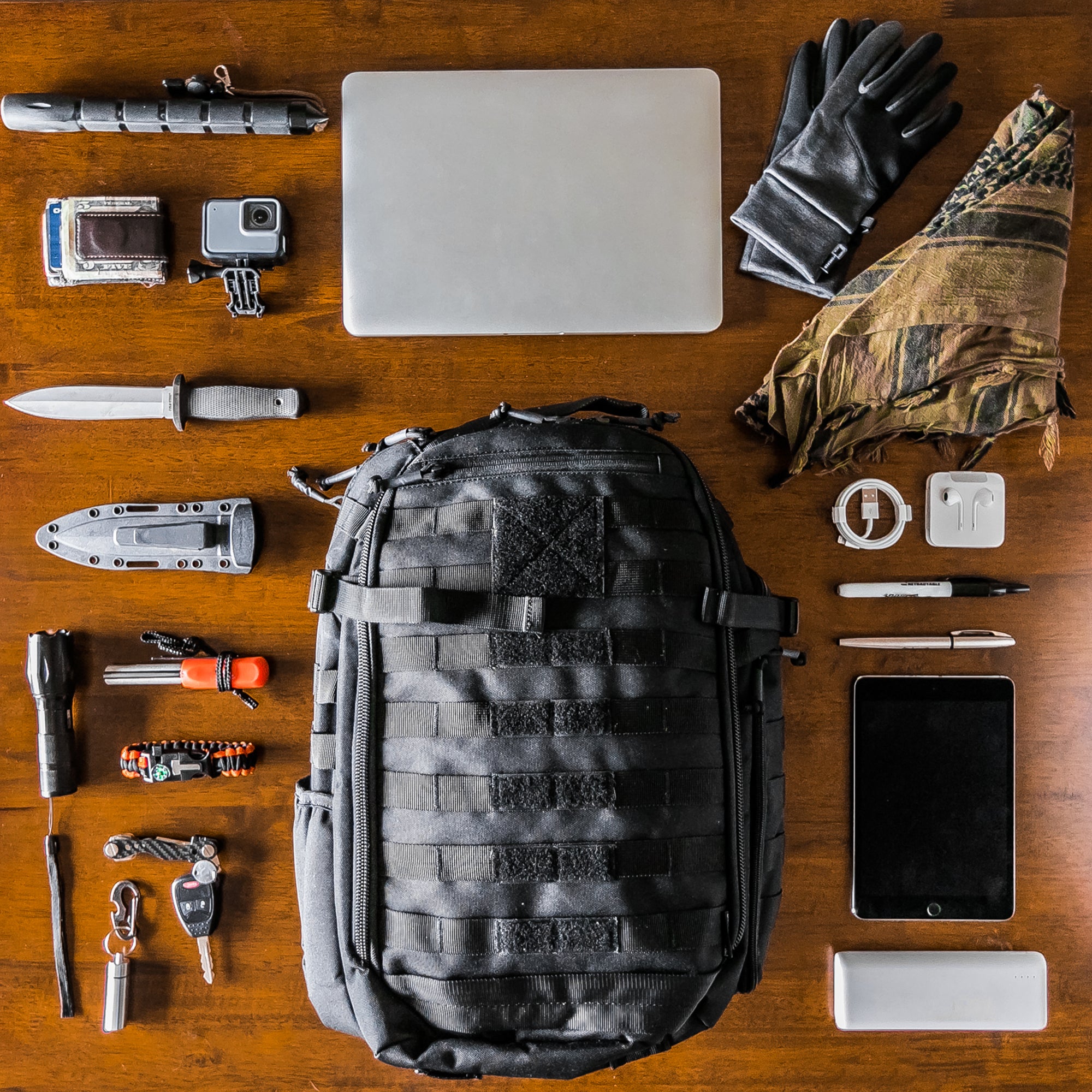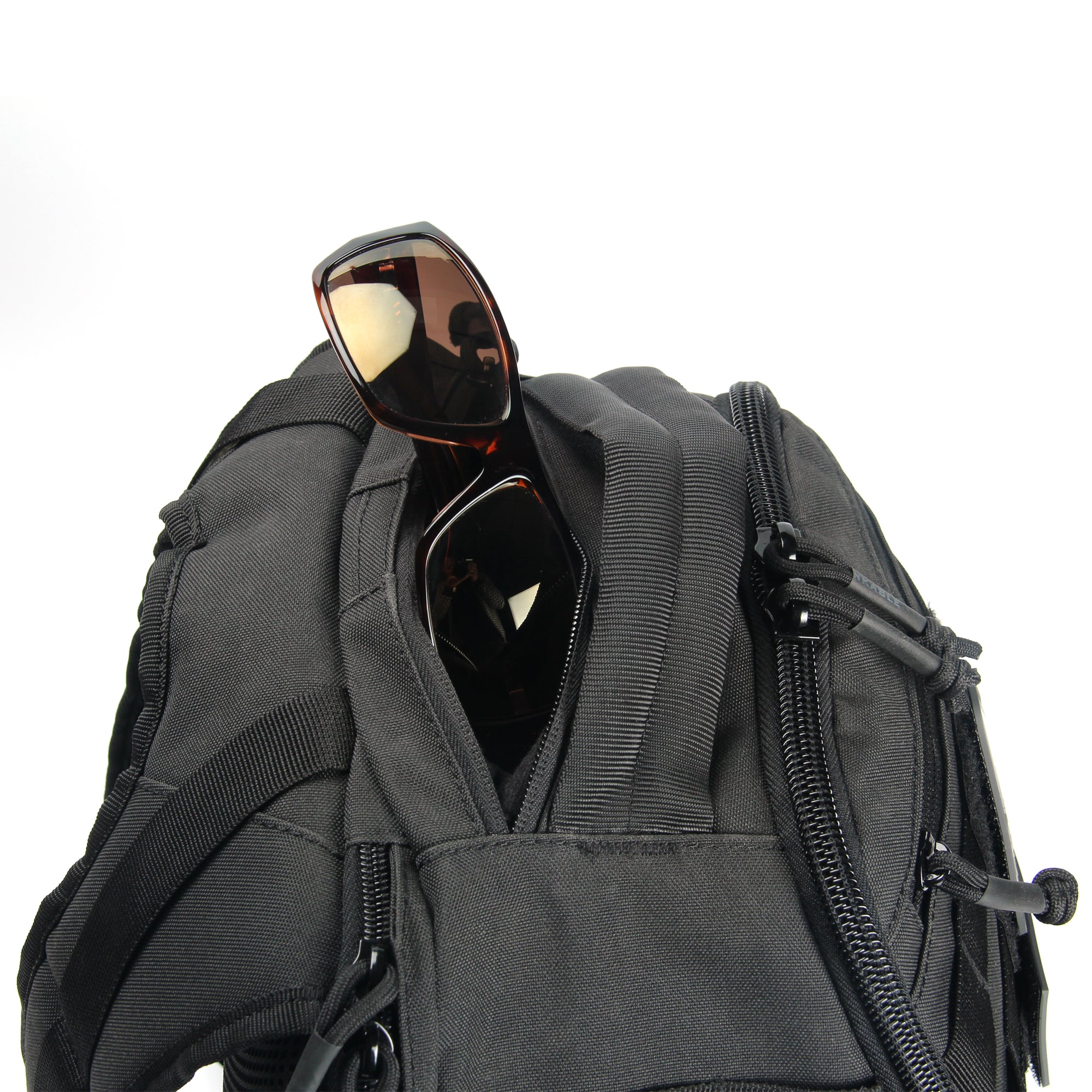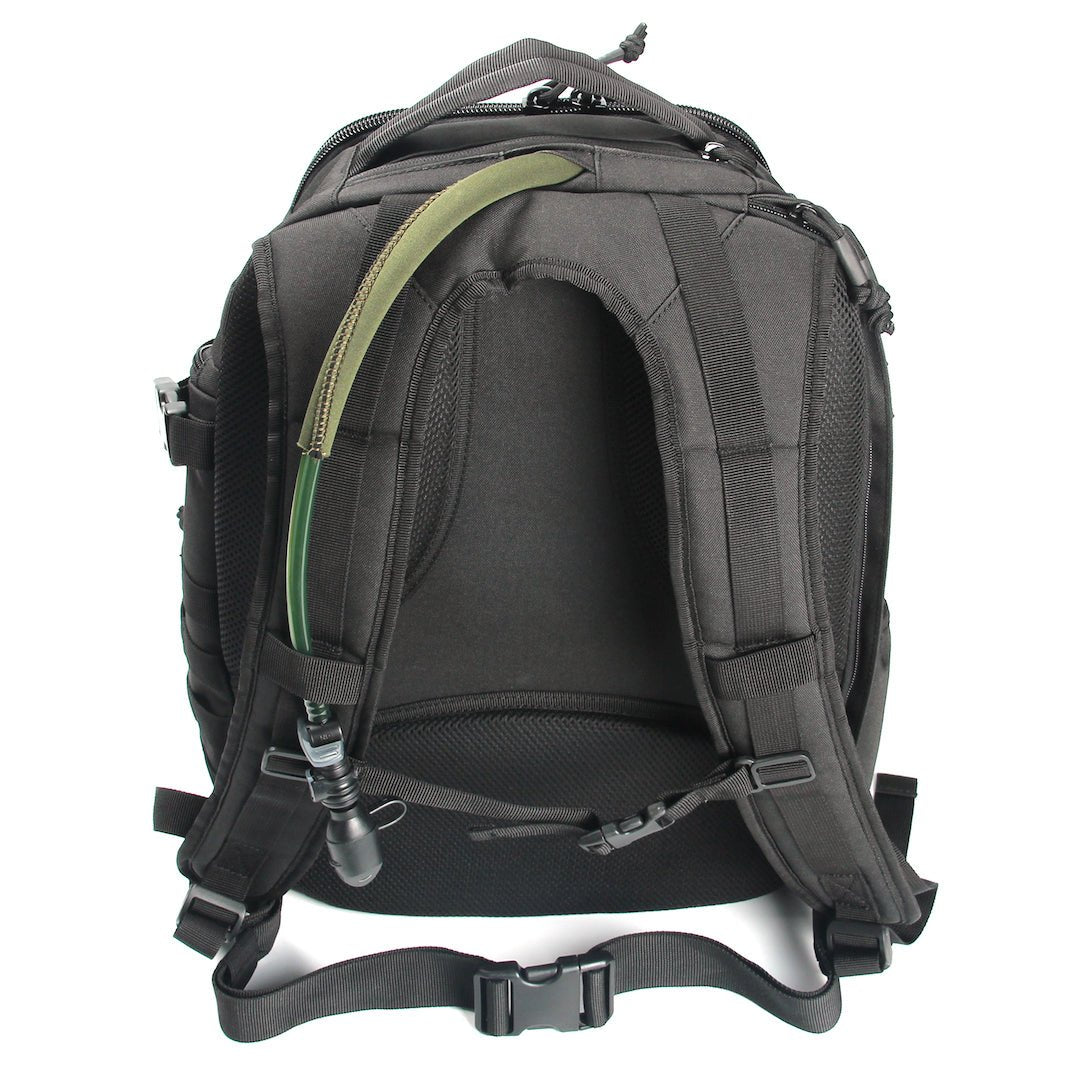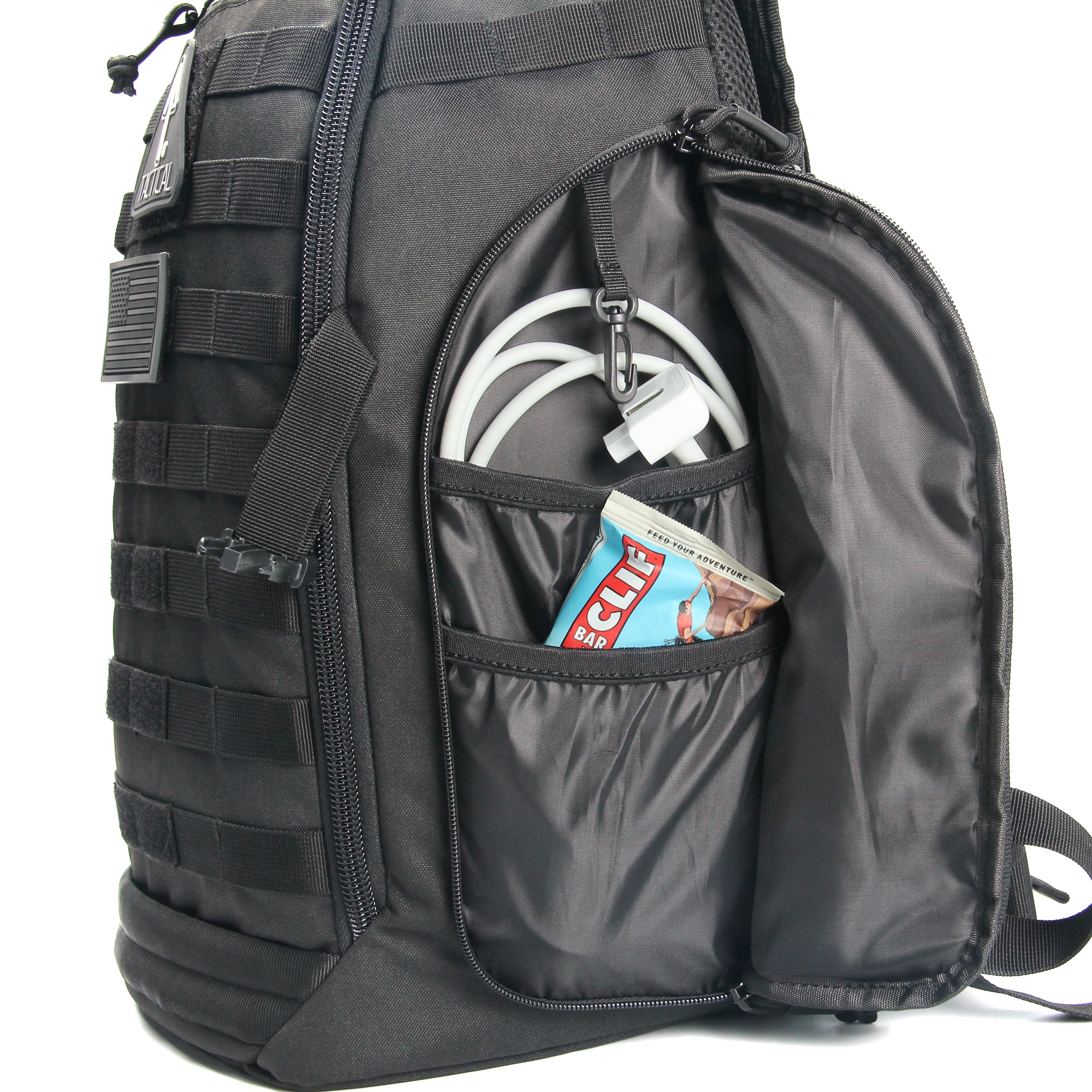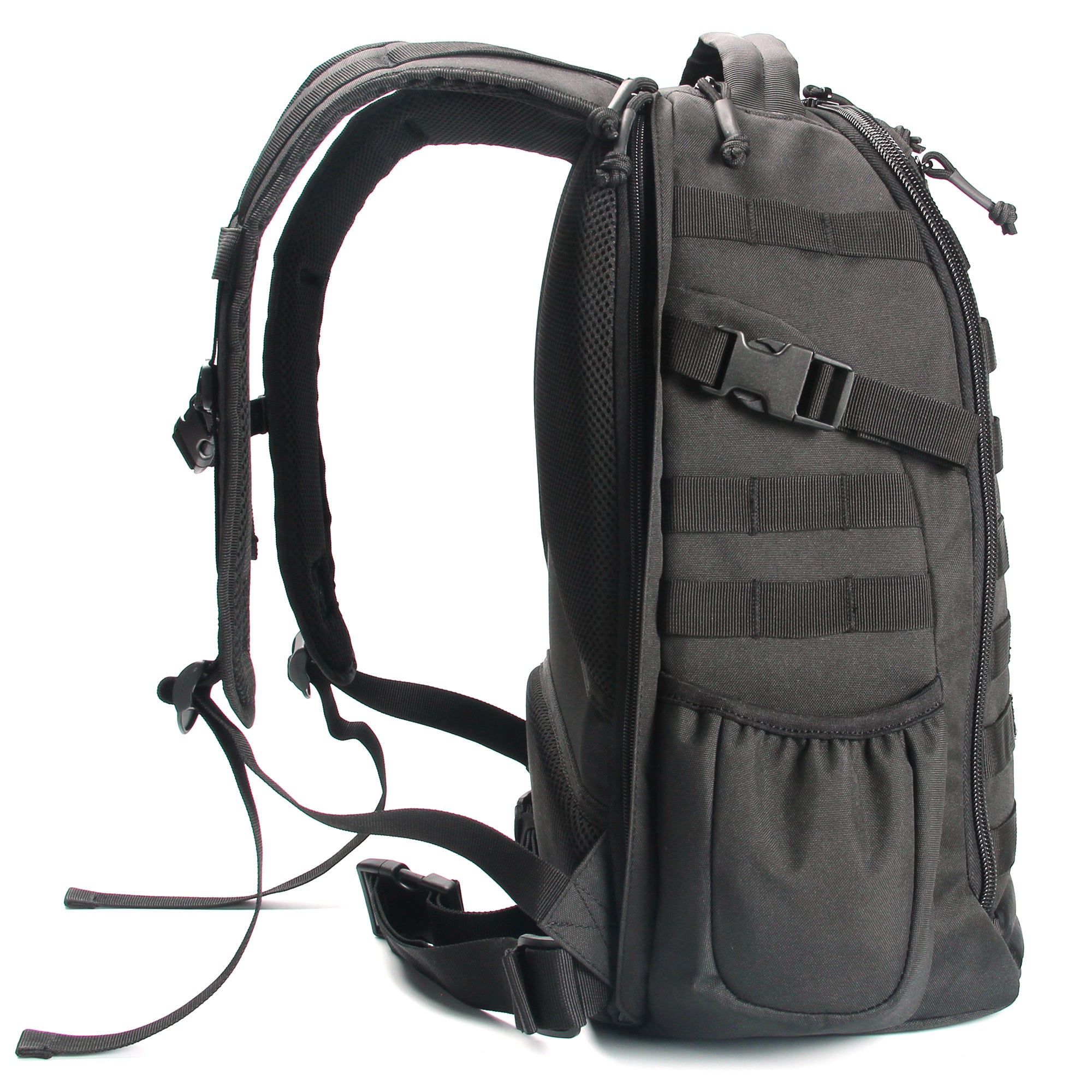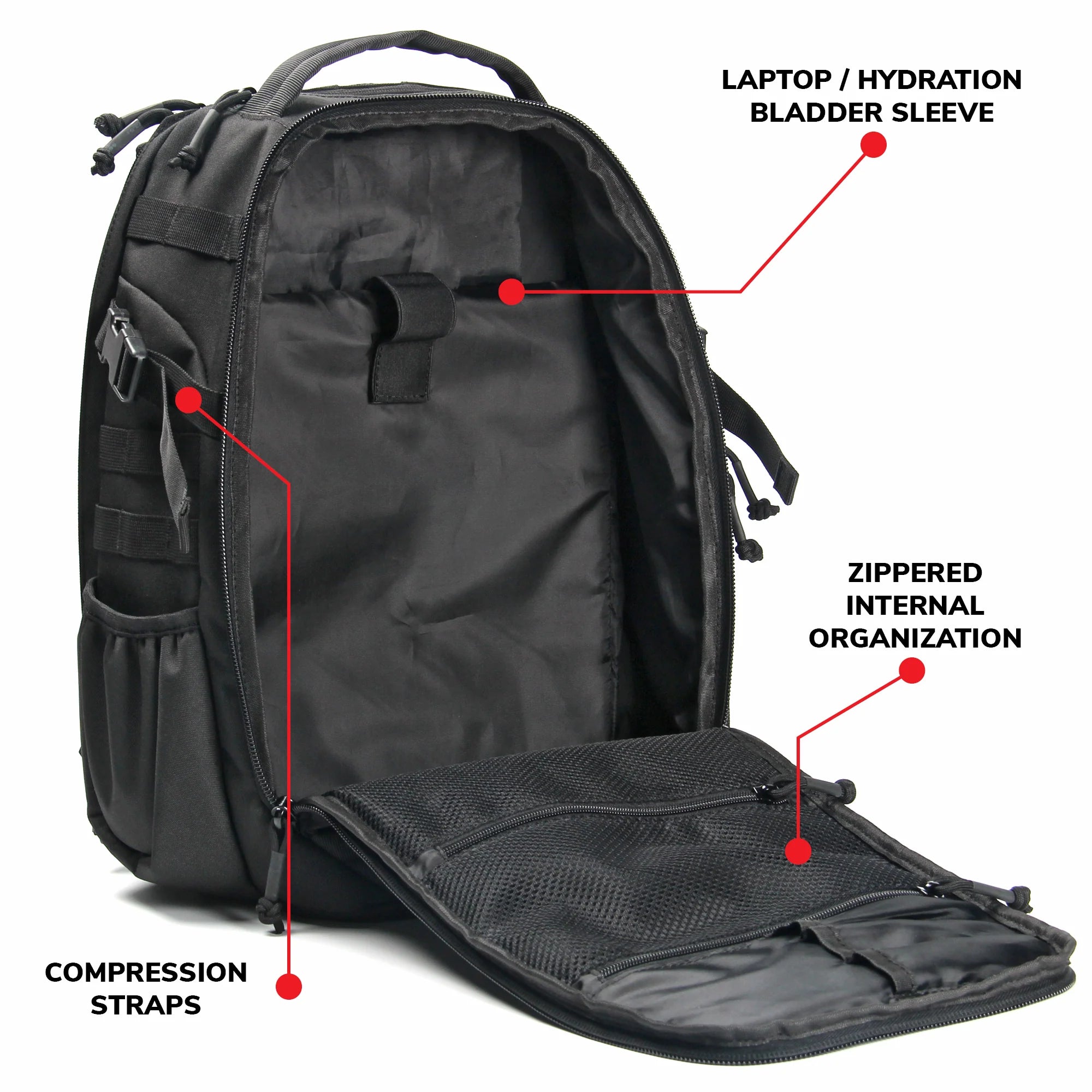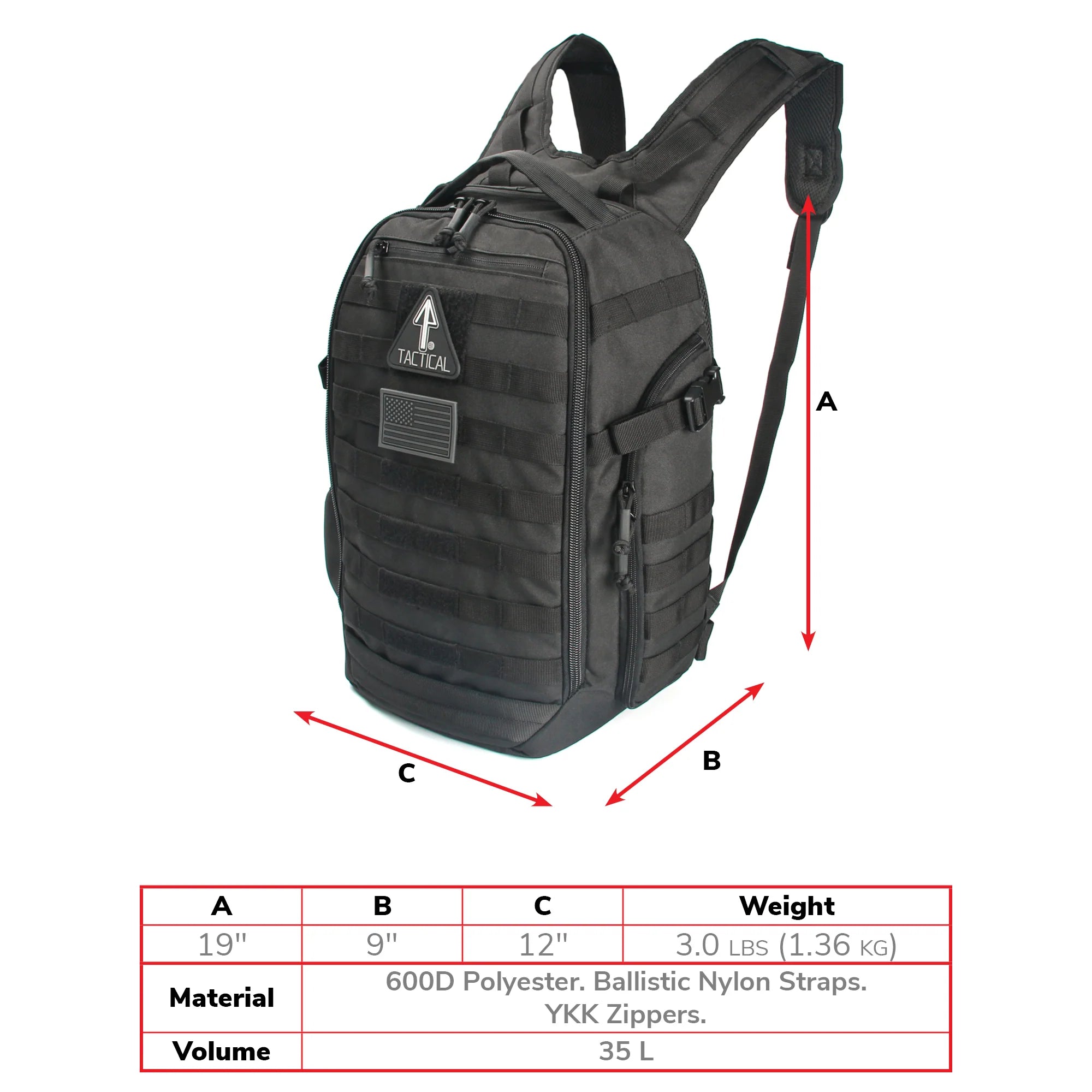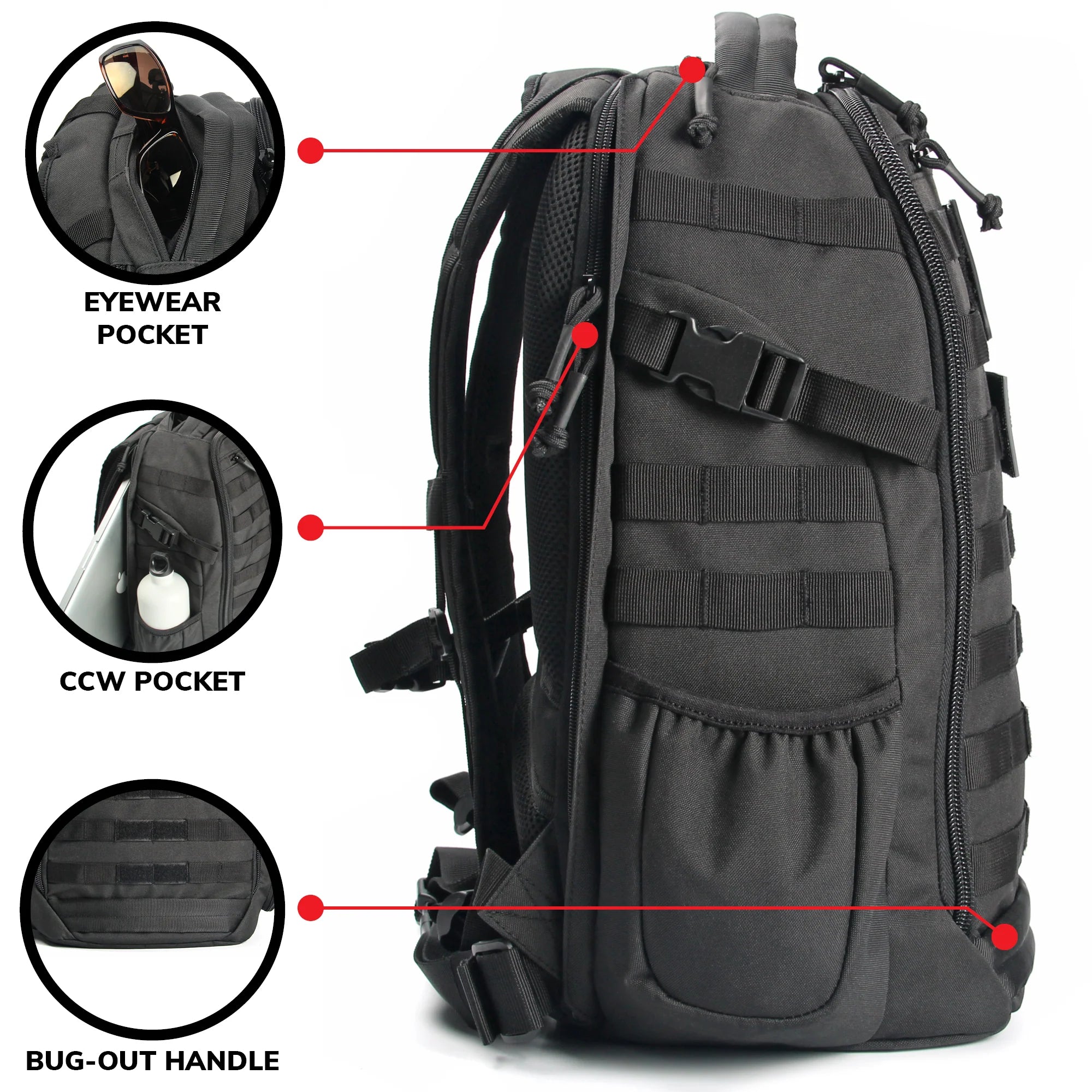
Preparedness demands adaptability. As the seasons change, you need to adjust your planning and tactics to deal with the relevant environmental conditions. Whether you are preparing for an outdoor trip, a disaster routine or a wilderness tactical drill, you’ll want to adapt accordingly. Seasonal tactical preparation requires you to choose the right gear for the time of year.
Fall tactical gear should be able to stand up to lower outdoor temperatures. If we’re talking tactical clothing, it will have to keep you warm while being fully functional for exercise and exertion.
#1: Clothing and Layering Essentials
Tactical wearables are built to be durable, since you’ll be running, climbing, stretching or even crawling in them, possibly in rugged terrain or harsh weather conditions. It’s a good clothing choice for wilderness adventure or outdoor survival. You can also train in it—get good at pulling off military-style maneuvers in preparation for a threat scenario.
Certain styles of tactical pants are designed to be worn over your regular pants to provide additional protection when performing maneuvers. This layering of the pants also helps trap in heat. As a general principle, wearing layered clothing will prove an effective tactic if the objective is to keep yourself warm outdoors. So be sure to add tactical pants to your autumn tactical checklist.
Your upper body tends to be more vulnerable to the cold. But if you wear clothes that are too thick, you may find that it gets uncomfortable when the sun’s beating down on you. The solution is—what else?—the layered clothing tactic again! Start with one or two upper layers, and add more if the weather starts getting chilly. Have a windbreaker or jacket you can take on or off to form the outermost layer. It’s smart and easy seasonal tactical preparation—packing extra layers in your everyday carry bag.

#2: Footwear for Wet and Cold Conditions
Protection for your feet is always an important consideration. So much of your tactical preparation would prove fruitless if you were unable to stand on your own two feet. Fall is the season when you need to start employing cold-weather gear—footwear included.
Good boots for fall will be tough, medium weight and waterproof. If you are going on an outdoor adventure, you may encounter instances where you’ll have to cross a stream, or trek in rainy weather or perhaps even hike through mud. That means you’ve gotta protect your feet, keep them from getting too wet. You also don’t want a boot that’s too heavy, as that could slow you down and possibly exacerbate exhaustion. You want boots that are hardy but light enough to empower your mobility.
#3: Accessories to Add to Your Fall Tactical Gear
When making your autumn tactical checklist, don’t leave out small but impactful accessories like gloves, hats, scarves and balaclavas. You might not always find a need for such items, but you will be glad you have them prepared when you do.
Hands need protection as well—protection from the cold, protection from injury and even protection from impact. You’ll often end up using your hands to brace yourself if you ever trip and fall, after all. Or you could catch something in your hands and find that the throw hits harder than expected. A pair of gloves is exactly what you need to keep your hands warm and safe.
Your bare head and face will be exposed to extreme temperatures and harsh weather conditions. If you’re spending many hours outdoors, you’d be wise to protect these areas. A good cold-weather gear hat can prevent heat loss through your sensitive scalp. A balaclava does the same for your face. A scarf can offer versatility—cover your head, your face or simply your neck depending on the circumstances.

#4: Weapon and Equipment Considerations
An important part of seasonal tactical preparation is caring for weapons and equipment. Cold weather and outdoor exposure can have a debilitating effect. One of the biggest issues is condensation. If you’re outdoors in the cold for a time and then go into a warm home, the firearm you carry may experience condensation. This will expose the firearm to moisture. When you then go back out in the cold, the moisture can very well freeze, which can jam up the internal mechanisms. This could lead a firearm to become unreliable.
We recommend that you equip yourself with a high-security holster when you’re carrying in the autumn or winter season. Accidental falls are more common at this time of year, as you may find yourself walking across icy or wet surfaces. A good holster can prevent accidental discharges. We’d suggest a holster with a thumb-release safety strap for most use-cases.
You can also choose to store your firearm in your tactical backpack. The 14er Tactical Backpack provides a convenient CCW pocket that is easily accessible. You won’t have trouble drawing your weapon when you need it, but it will be safe and secure in the backpack until that situation arises. Of course, the backpack also allows you to appear more discreet when carrying a firearm, which can be preferable at times.
#5: Field Shelter and Emergency Gear
Whether you’re doing disaster preparation or getting ready for an outdoor trek, you’ll want to prioritize shelter in your autumn tactical checklist. Shelter building and setup is one of the essential survival skills you’ll want to master as either an outdoor adventurer or tactical survivalist. It becomes especially important in fall and winter, where low temperature conditions can turn outdoor exposure through the night into a perilous ordeal.
Ideally, you should be packing a high-quality tent that serves as cold-weather gear. In general, a tent comes with a rating that tells you how suitable it is for sheltering in the cold. A 4-season tent can provide the highest level of comfort against low temperature extremes. On the other hand, a 3-season tent may be a better option for fall. It is more lightweight and comparatively more breathable. If you don’t plan on experiencing outdoor survival in deep winter or extreme cold conditions, it should serve well enough.
Once you’re well-prepared with shelter, clothing, accessories and other fall tactical gear, you’re ready to face the season head-on. But don’t forget that you also need to be equipped with tactical training and knowledge. It’s imperative to master the essential survival skills, such as setting up camp in harsh conditions. You might even want to brush up on your self-defense skills!



